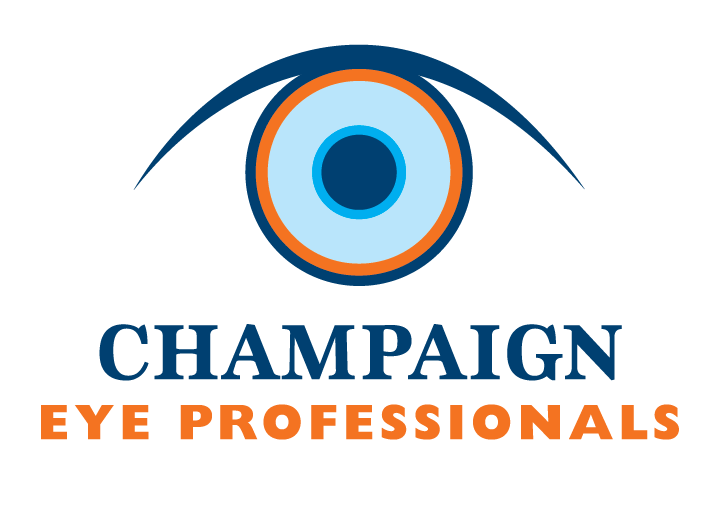3 Often-Missed Indications of Cataracts
When patients end up needing cataract treatment in Champaign, IL, many are surprised to learn their cataracts have been developing for a long time. Many people don’t recognize the earliest signs of cataracts, but the clouding of the lens inside the eye can actually show signs much sooner than when the problem becomes most obvious. Here is a look at some of the most common early indicators of cataracts.
Dim Vision
The slight clouding of the lens that takes place early in cataract development means there is less light making it into the eye. For most people, this means they slowly begin to notice they need more light in order to see. Things like driving at night or reading something in low light can be more difficult.
Extra Light Sensitivity
Even though it seems contradictory, high light can also cause issues when cataracts are just starting to develop. If you are out in bright sunlight, for example, you may notice that there is a telltale glare in your line of sight. This issue is easy to overlook initially, but you will eventually recognize so much glare that being out in the sunlight can be all-out uncomfortable for your eyes.
Fading Color Vision
Cataracts can bring about issues in clearly differentiating color. It is not uncommon for certain colors to appear more yellow than usual. For instance, blues may look more like greens or red may appear more orange. You may also notice that colors appear more muted and less vibrant than usual.
Talk to a Champaign Eye Doctor About Cataract Treatment
Cataract treatment is one of the most common procedures performed by Champaign eye doctors. If you believe you have a cataract starting to form, be sure to reach out to us at Champaign Eye Professionals to schedule an appointment.











